Engine Speed Control Apparatus
Categories: Engineering Lab EquipmentDescriptionThe Engine Speed Control Apparatus shows the problems of regulating the speed of rotating machines, especially problems with non-linear control systems. A scale-model engine, driven by comp...
Product
Description
Description
The Engine Speed Control Apparatus shows the problems of regulating the speed of rotating machines, especially problems with non-linear control systems. A scale-model engine, driven by compressed air (not supplied) for safety. The basic purpose is to adjust a motorised valve to regulate the engine speed under load. A DC generator connects to the engine output and loads the engine. More advanced experiments show: • Non-linearity compensation using dither signals • Multiple loop and minor loop feedback • System modelling from step response information • P+I control and root locus methods The engine dynamics are similar to those of a typical ignition compression engine coupled to a dynamometer controlled test bed. It is an ideal physical model to help engineering students at all academic levels to gain invaluable practical experience.
Learning Outcomes
The use of dither signals in the compensation of system non-linearities
The measurement of system dynamics from step response information
Inner loop feedback compensation
P+I controller design
The flexible design of the equipment allows the user to develop many other analysis and control exercises to suit their needs. It is good for extended or advanced control experiments, and is ideal for student project work.
Specifications
ATICO is committed to a programme of continuous improvement; hence we reserve the right to alter the design and product specification without prior notice.
Nett dimension and weight:
540 x 330 x 420 mm; 22.5 kg
Packed dimensions and weight:
0.34 m3, 46 kg (approx – packed for export)
Inputs (0 to 10 VDC):
• Motorised air valve: 0 to +/- 10 VDC
• Generator load control
Outputs (0 to 10 VDC):
• Air valve position: 0 to +/– 10 VDC
• Engine speed
Other parts included:
• Connecting cables
• Lubricating oil
• Hexagon tool
Operating Conditions
- Operating Enviroment:
Laboratory - Storage Temprature Range :
–25°C to +55°C (when packed for transport) - Operating Temprature range:
+5°C to +40°C - Operating relative humidity range:
80% at temperatures < 31°C decreasing linearly to 50% at 40°C
quick overview :
Description
The Engine Speed Control Apparatus shows the problems of regulating the speed of rotating machines, especially problems with non-linear control systems. A scale-model engine, driven by compressed air (not supplied) for safety. The basic purpose is to adjust a motorised valve to regulate the engine speed under load. A DC generator connects to the engine output and loads the engine. More advanced experiments show: • Non-linearity compensation using dither signals • Multiple loop and minor loop feedback • System modelling from step response information • P+I control and root locus methods The engine dynamics are similar to those of a typical ignition compression engine coupled to a dynamometer controlled test bed. It is an ideal physical model to help engineering students at all academic levels to gain invaluable practical experience.
Learning Outcomes
The use of dither signals in the compensation of system non-linearities
The measurement of system dynamics from step response information
Inner loop feedback compensation
P+I controller design
The flexible design of the equipment allows the user to develop many other analysis and control exercises to suit their needs. It is good for extended or advanced control experiments, and is ideal for student project work.
Specifications
ATICO is committed to a programme of continuous improvement; hence we reserve the right to alter the design and product specification without prior notice.
Nett dimension and weight:
540 x 330 x 420 mm; 22.5 kg
Packed dimensions and weight:
0.34 m3, 46 kg (approx – packed for export)
Inputs (0 to 10 VDC):
• Motorised air valve: 0 to +/- 10 VDC
• Generator load control
Outputs (0 to 10 VDC):
• Air valve position: 0 to +/– 10 VDC
• Engine speed
Other parts included:
• Connecting cables
• Lubricating oil
• Hexagon tool
Operating Conditions
- Operating Enviroment:
Laboratory - Storage Temprature Range :
–25°C to +55°C (when packed for transport) - Operating Temprature range:
+5°C to +40°C - Operating relative humidity range:
80% at temperatures < 31°C decreasing linearly to 50% at 40°C
Product
Reviews
add Review
reviews
No Review Yet.
Copyrights © 2025 All Rights Reserved by Atico

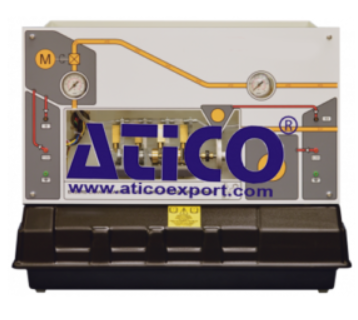




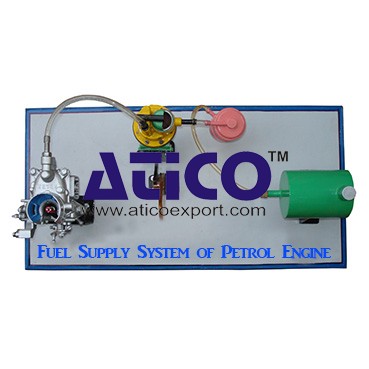
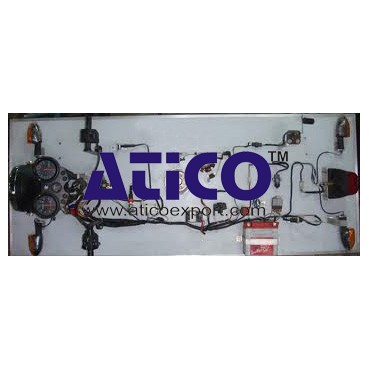
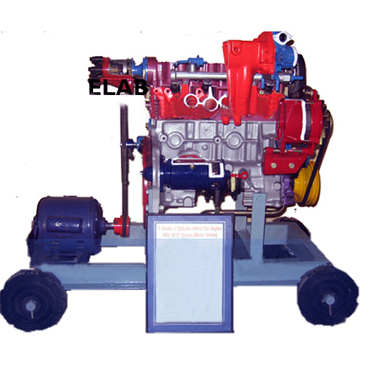
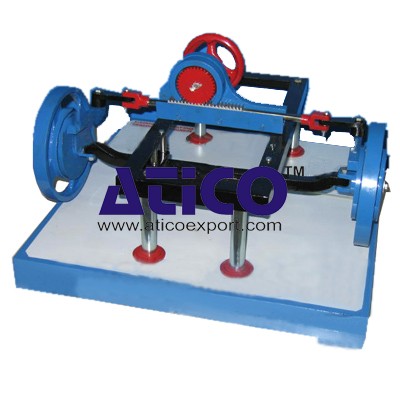
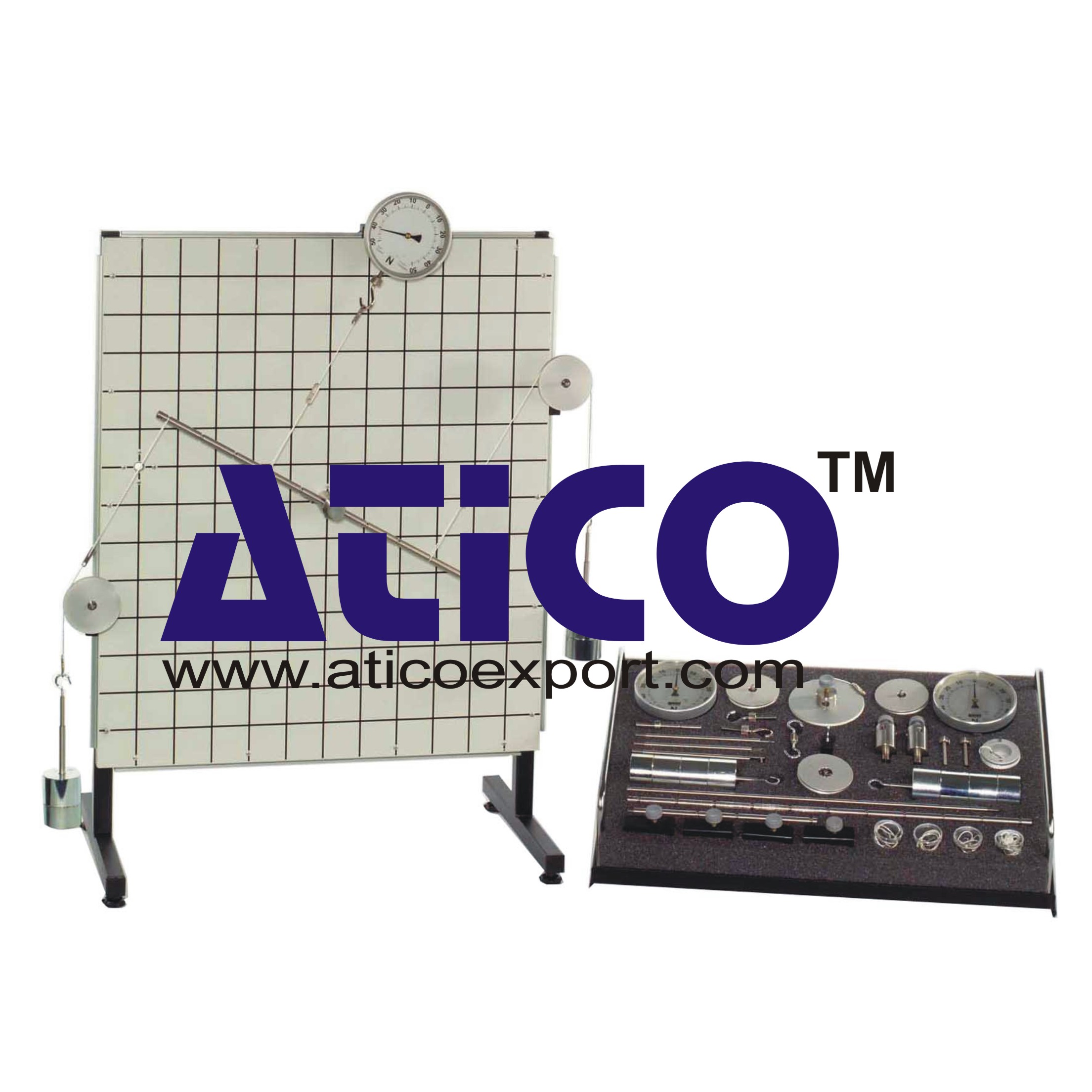
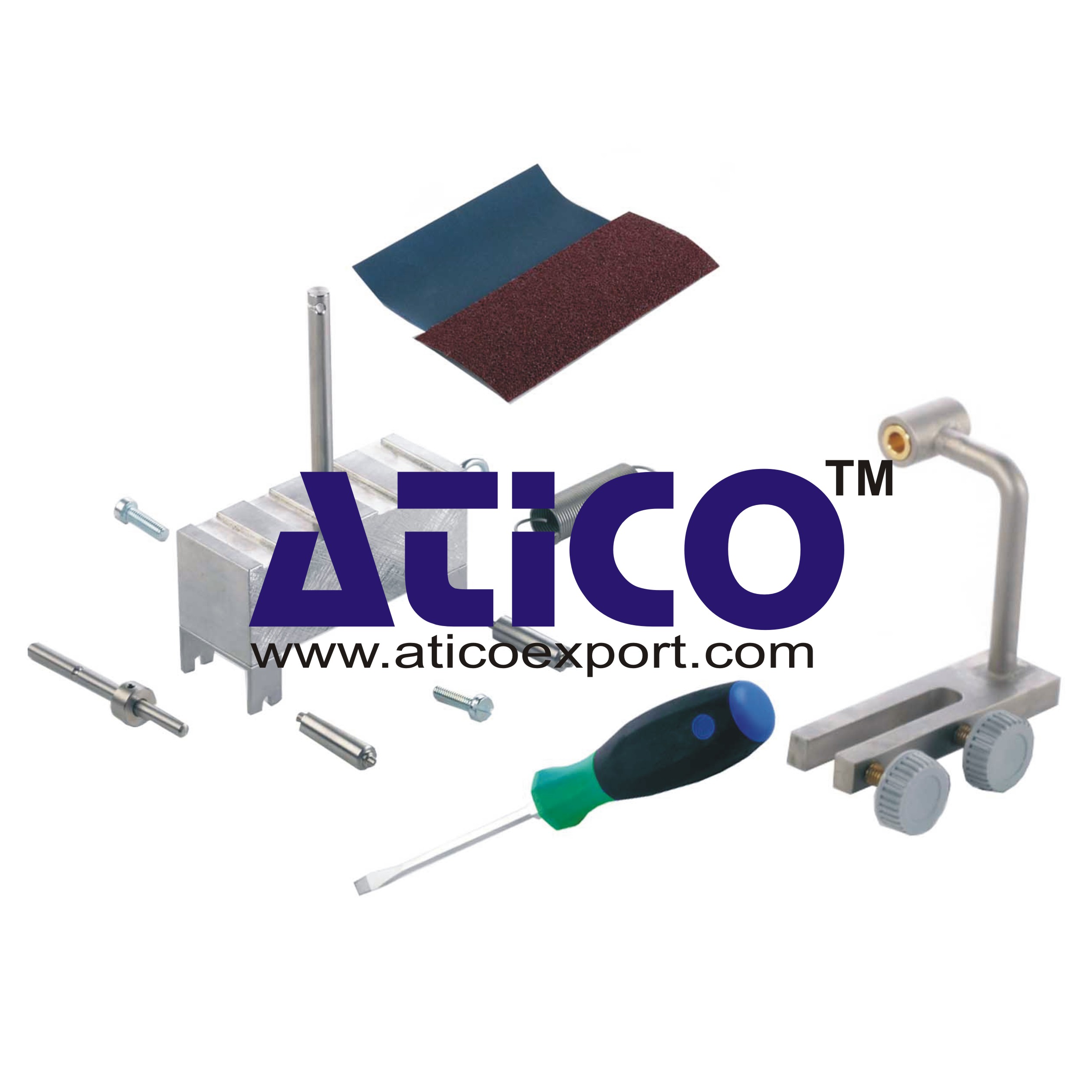
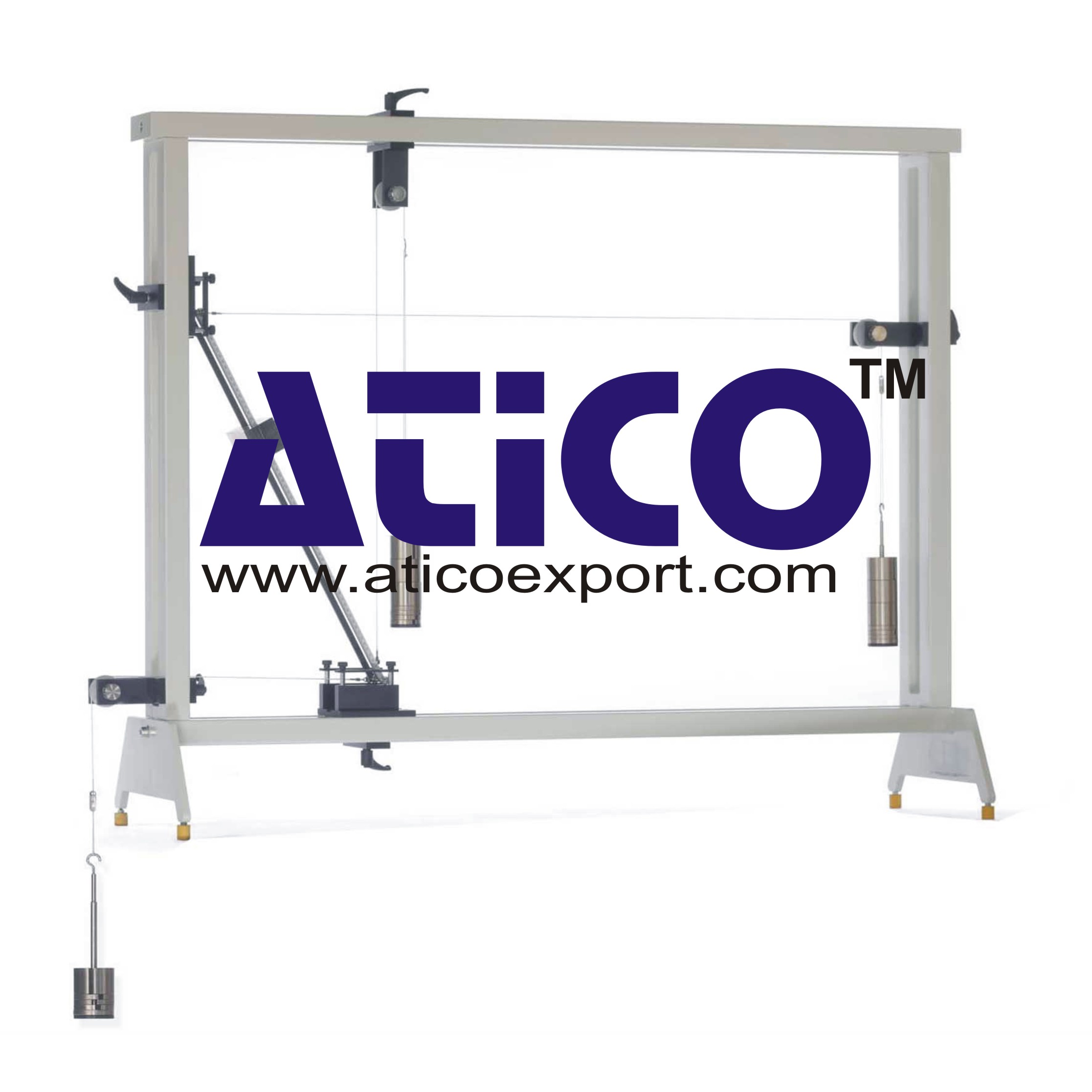
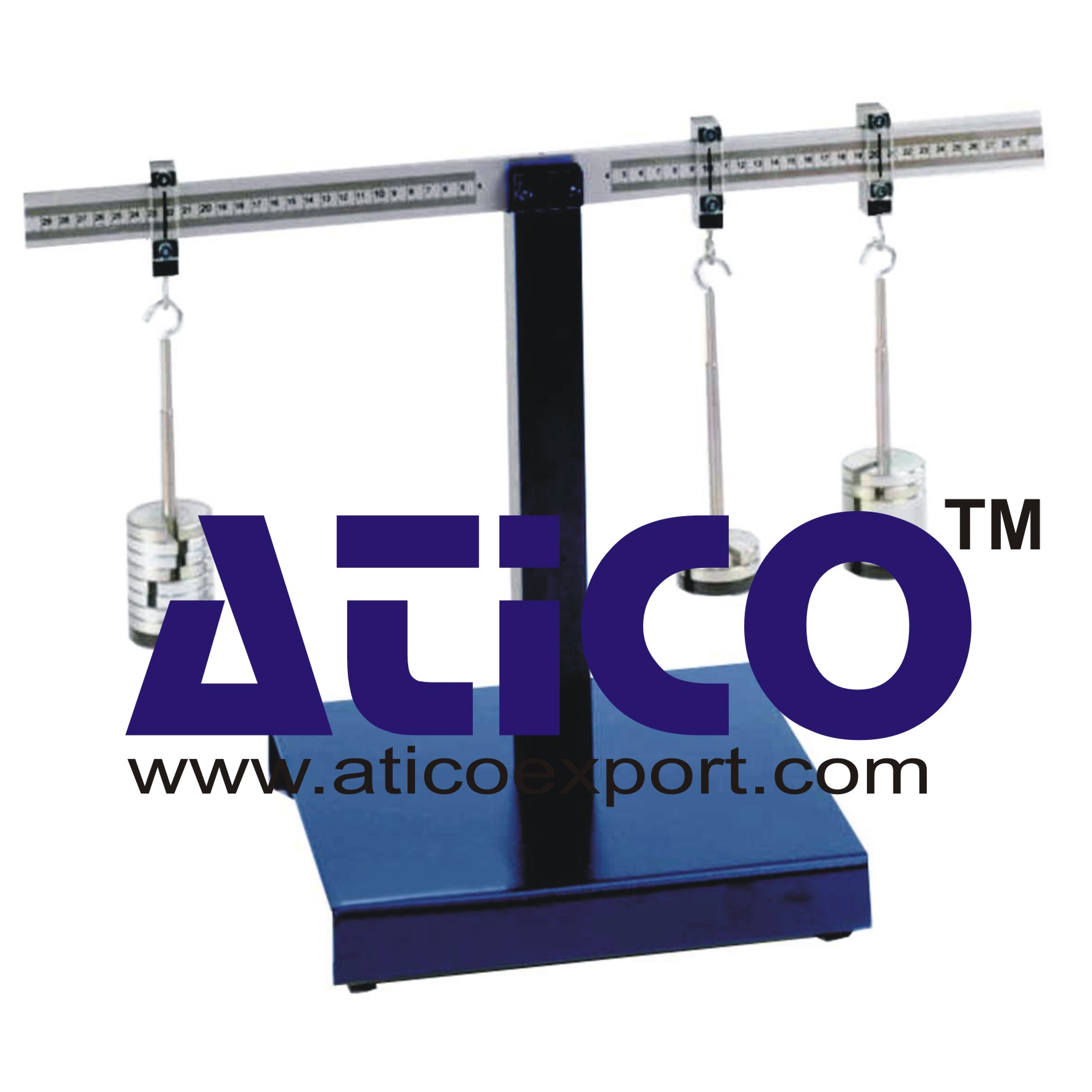
Product
Reviews
add Review
reviews
No Review Yet.